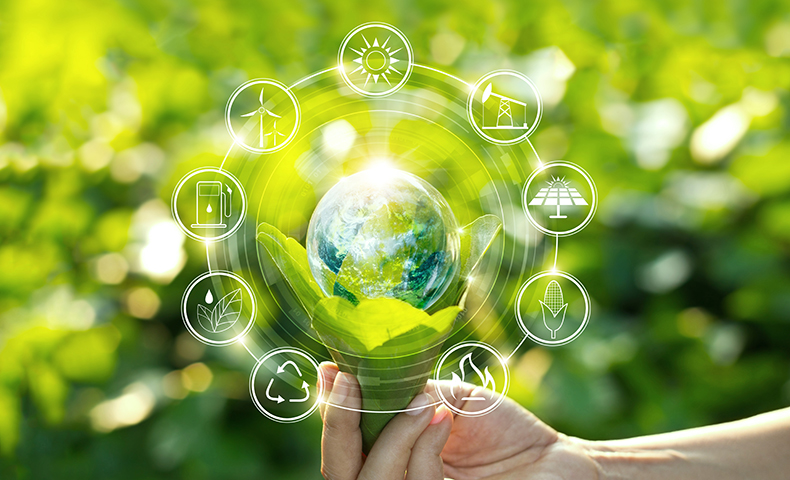Upon reading the titular question, you might be confused, and that’s understandable! If you have been an avid reader of my blog (thank you, by the way), recollect that the first post was about how cryptocurrencies destroy the environment. We concluded that blog by stating that cryptocurrencies do drain significant energy and release significant harms to the environment – we need more sustainable energy methods. Revisiting the blog title, you might say, “Hey, that’s quite contradictory to your conclusion!”

Visually-appealing basics to blockchain – EuroMoney.
See, that’s where we need to slightly correct our intuition. Cryptocurrencies rely on blockchain to operate and deliver financial needs, but that doesn’t mean cryptocurrencies and blockchain are the same thing. So, let’s establish a fundamental understanding blockchain. Blockchain keeps track of all transactions (or all the stuff that happens) in a network; it’s a ledger of records. Blockchain creates new opportunity for storing data sustainably. Today, we’ll evaluate this sustainability from an environmental perspective through the titular question.
Let’s understand where we can use blockchain
As already established, blockchain is not crypto – it’s used to store and operate cryptocurrency data. Blockchain’s powerful database management ability can be extended to various other functions, such as supply-chain management. Supply-chain constitutes the entire process of making a consumable product and ensuring it reaches your hands safe and sound.

Fast fashion is a massive contributor to environmental waste – Annelie Kamperin, Audubon.
The most common consumer item we all depend on are clothes, and a blockchain could help make the clothes you’re wearing are more sustainably and ethically (an unfortunate massive yikes) produced. Blockchains achieves these improvements because of transparency – everyone can view your network of data transactions and actions. Transparency and traceability, subsequently, ensure companies are held accountable – they can be easily questioned about how they’re using resources and be held accountable for unnecessary depletion.
So, can we hold governments more accountable with this transparency?
Not only can traceability help police the private industry; we can do the same for our governments themselves. Blockchains provide smart, automated contracts that ensure transparency. Since citizens (assuming they take time to learn how blockchain works) can access this transparent data, they can accurately trace faults and ethical violations government make. Since we’re an environment-oriented blog, blockchain transparency and governments can create improvement in environmental legislature; we could more easily trace how carbon credits are distributed to firms and to exactly which firms! If companies are abusing their permission slips to emit unnecessary carbon, citizens can more easily pressure government action through the emission data transparency.
Conclusion

Blockchain could bring upon a sustainable future – Domtar.
These are only few applications and examples of how blockchain can make our lives more sustainable. As stated previously, we are only an environmental blog, so there are more applications we haven’t even discussed. One common issue when discussing technology-oriented environmental implications is that our conversation often turns negative for fair reasons. Unfortunately, our media doesn’t portray a thorough picture of this relationship, so hopefully this post shed a new light and sparked new conversations on how technology can actually us out in the long-run!
This is a great issue you touched on! I did not realize that blockchain could be good for the environment. The fact that blockchain allows for a lot more transparency is interesting. I like how you had to headers throughout your blog so readers could follow along. I also like how the information was displayed and conveyed because it made the blog much more readable and engaging.
I think this was very interesting to learn about. I didn’t really know anything about blockchain before. I think this would be a good idea to implement, especially in order for companies to act in more ethical ways. Are there any countries that require this type of transparency? What companies currently use this method?